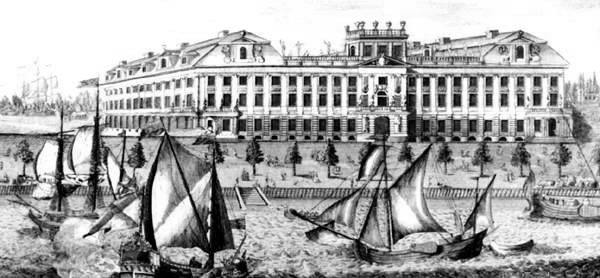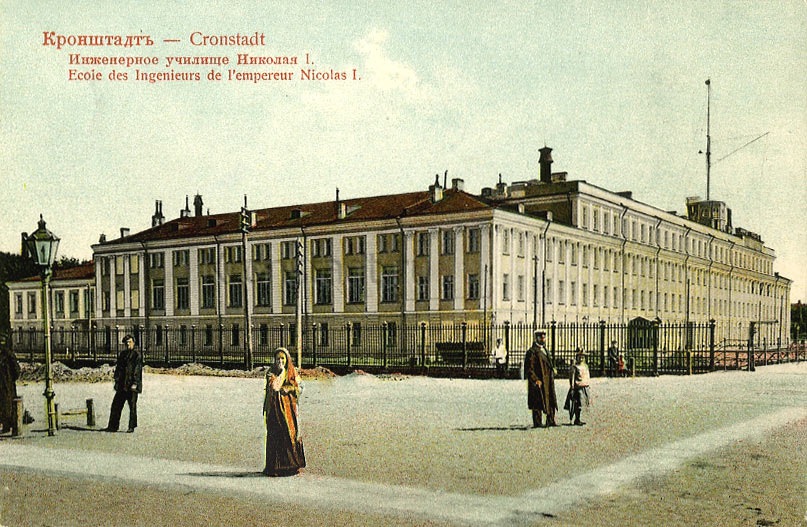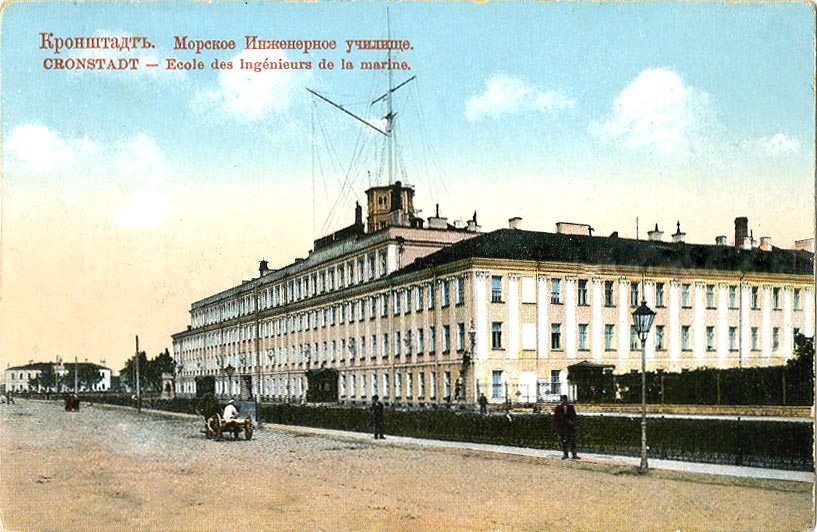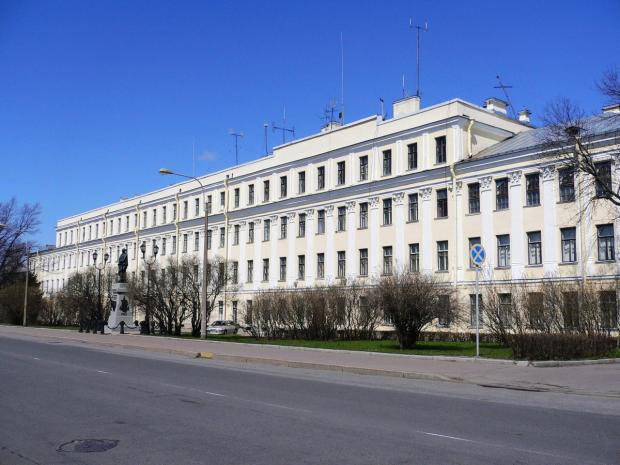The Italian Palace.
Alexander Danilovich Menshikov was the closest assistant of Peter I, founder of St Petersburg and Kronstadt. Menshikov was appointed the 1st Governor of St Petersburg and all returned land (modern territory of the Leningrad region). One of the main his task was the building of Kronstadt.
Menshikov lived prodigally and he decided to built a palace in Kronstadt (in addition to vast palaces in St Petersburg and Oranienbaum). Iogan Braunstein, Nicolas Michetti and other architects built the palace for the Prince Menshikov. Many Italian masters worked here so the residence was named the Italian Palace. The palace was built in the Baroque style with richly decorated façades and interiors. Peter the Great used this palace too.

However after the disgrace of Menshikov all his property was nationalized and the Palace became official tsar’s residence.
In the second half of the 18th century the building began to be used for various military training institutions. In 1771-1798 the Sea Cadet Corps housed here. The Cadet Corps was transferred to St Petersburg and from 1798 to 1872 the Navigating School situated in the former palace.
In the middle of the 19th century the building was reconstructed and redecorated in Classical style. In general this appearance of the palace has been survived to this day.
Then the Navigating School was reorganized into the Naval Technical School which accommodated here till 1917. One of the professors of the Naval Technical School was Alexander Popov - inventor of the radio.

It was here the Provisional Revolutional Committee was formed by mutinied sailors on March 5, 1921. Many key events of the Kronstadt Rebellion happened in the former Italian palace.

Anyway in the Soviet times the Officers club, the Drama Theater of the Baltic Fleet, and the Staff of the Kronstadt Naval base used the palace.

Of course, there were not survived any authentic interiors. Nevertheless, the Italian palace is one of the most interesting buildings in Kronstadt.





